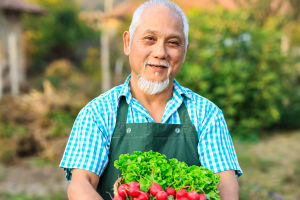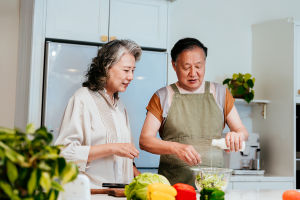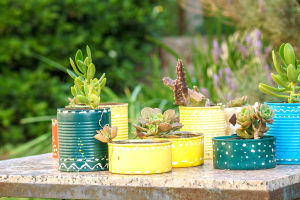There’s something deeply comforting about seeing a farmer holding a basket full of vegetables. It’s more than just a picture of hard work—it’s a story of care, patience, and the bond between people and the earth.
When we watch farmers lifting baskets heavy with greens, tomatoes, or carrots, we can almost feel the scent of the soil and the warmth of the sun. Every harvest tells us how effort turns into nourishment and how hands that work the land bring life to our tables.
Life Begins in the Soil
Before those vegetables ever reach a basket, they begin as tiny seeds resting in the soil. Farmers spend weeks preparing the ground—loosening the earth, adding compost, and making sure every seed has the best chance to grow. We might not see it, but every step requires careful timing and observation. Rain, sunshine, and even the rhythm of the seasons all play their part.
When the first green sprouts appear, it’s a quiet celebration. Those small shoots carry the promise of a good harvest. Farmers walk between the rows, checking the plants, removing pests, and watering with care. It’s a slow, patient process that connects them deeply with nature.
From Growth to Gathering
As the days grow warmer, the fields turn into a sea of colors—green cabbages, orange pumpkins, purple eggplants, and red tomatoes glistening under the sunlight. Harvest time is both exciting and exhausting. Farmers often rise before dawn, carrying woven baskets or wooden crates to collect the ripest produce.
Each vegetable is handled with care, placed gently into the basket to prevent bruising. The basket itself, often handmade from willow or bamboo, becomes a trusted partner in the field—a silent witness to seasons of hard work. The sight of a farmer holding such a basket captures a moment of quiet pride, the reward of months of dedication.
The Meaning Behind the Basket
A basket of vegetables might look simple, but it represents something much deeper. It’s a symbol of connection—between human effort and nature’s generosity. The weight of the basket tells the story of early mornings, muddy boots, and the hope that the harvest will feed many families.
For generations, baskets have been part of rural life. They carry not just vegetables but also the rhythm of tradition. Some farmers even pass down their old baskets to the next generation, treating them as tokens of heritage and good fortune. The act of holding a basket, therefore, becomes both practical and symbolic—an expression of gratitude toward the earth.
Fresh from Farm to Table
Once the vegetables are harvested, they travel from the farm to local markets. We can imagine farmers setting up their stalls at dawn, arranging bright produce in neat piles—lettuce still damp with morning dew, carrots with their leafy tops intact, and tomatoes shining like little suns.
For shoppers, it’s a joy to meet the people who grew their food. When we buy directly from farmers, we don’t just take home vegetables; we take home a piece of their story. Every purchase supports their labor, their families, and the continuation of a more sustainable way of living.
Why It Still Matters
In a fast-paced world where everything is packaged and automated, watching a farmer hold a basket of vegetables reminds us of authenticity. It brings us back to the roots of life—where food is grown with care and harvested by hand. It’s a reminder that the best things often come from patience, not speed.
We learn to appreciate the effort behind every meal, the unseen hours spent under the sun, and the love poured into every crop. The basket becomes a bridge, connecting us to the source of our food and to the people who nurture it.
Harvest Reflections
Lykkers, next time we see a farmer holding a basket filled with fresh vegetables, let’s pause to truly see it. That single image holds the heartbeat of the countryside—the grace of hard work, the kindness of nature, and the quiet joy of gratitude.
Let’s remind ourselves that every crunchy lettuce leaf and sun-ripened tomato carries a story of care and devotion. And maybe, when we prepare our next meal or share it with loved ones, we’ll taste more than freshness—we’ll feel the bond between the earth and the hands that nurture it.


